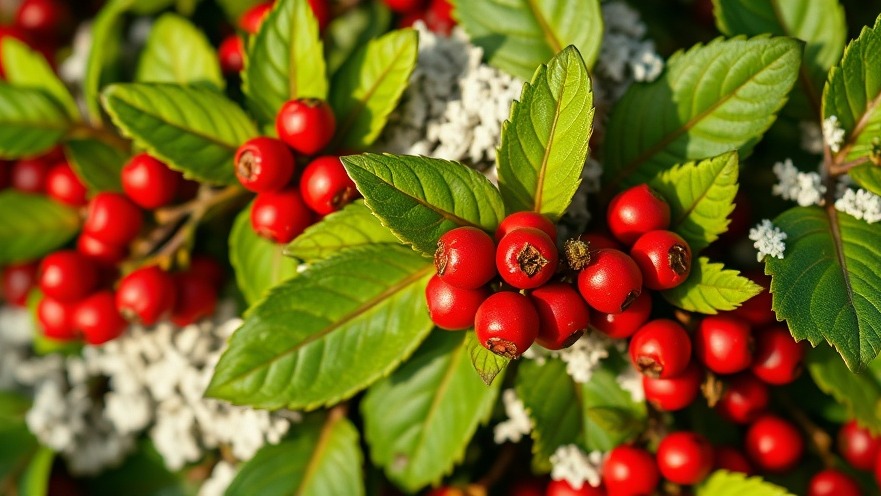
Embracing Native Plants in Your Garden
Native plants play a vital role in maintaining the health of local ecosystems. In British Columbia, for example, the province boasts an impressive 3,510 native plant species, including iconic trees like the Douglas fir and shrubs such as salal. What many gardeners might overlook is the intrinsic value of using these native plants in our gardens. By choosing to cultivate native flora, gardeners can create spaces that support a variety of wildlife, including pollinators and migratory birds.
The Ecological Importance of Native Flora
Integrating native plants into your garden not only enhances its aesthetic appeal but also contributes to a resilient ecosystem. These plants have evolved alongside the local fauna, forming symbiotic relationships that support everything from butterflies to birds. In an age where climate change and invasive species threaten these delicate ecosystems, gardening with native plants acts as both a restorative and preventive measure.
Less Maintenance, More Enjoyment
One of the often-quoted advantages of native plants is their low-maintenance nature. By growing species that are perfectly adapted to local conditions, gardeners can reduce their reliance on water and fertilizers—precious resources that are becoming increasingly scarce. For example, native plants often thrive with minimal intervention, allowing you to spend more time enjoying your garden rather than tending to it.
Choosing the Right Plants for Your Space
When planning your native garden, consider the varying light and soil conditions of your space. The Grow Green Pick-A-Plant database offers a comprehensive guide for selecting appropriate plants. Some great options for your garden include:
Polystichum munitum (sword fern) – Perfect for part sun or shade.
Allium cernuum (nodding onion) – Thrives in full sun or partial shade.
Arctostaphylos uva-ursi (kinnikinnick) – Enjoys full or part sun.
Berberis nervosa (dull Oregon grape) – Versatile across varying sun conditions.
Acer circinatum (vine maple) – Adaptable to different light environments.
Creating a Biodiverse Space
Your garden is an ecosystem in itself, where the interaction of various plants and organisms leads to a lively biodiversity. Consider adding a mix of native plants that flower at different times throughout the year. This strategic planting not only attracts a diverse range of pollinators but ensures that your garden is alive with activity, from spring through late fall.
Practical Tips for Sustainable Gardening
Here are some practical tips to maximize your success with native gardening:
Research Local Flora: Familiarize yourself with the native plants that thrive in your specific region of BC. Tailoring your selection to your locality will yield the best results.
Soil Preparation: Understand your soil composition before planting. Native plants can often thrive in poorer soils, but it’s best to ensure proper drainage and nutrients where necessary.
Water Wisely: Once established, native plants require significantly less water than their non-native counterparts. Aim to water deeply and infrequently.
By adopting these simple practices, you’ll not only make your garden beautiful but pave the way for a sustainable future.
The Collective Impact of Your Garden Choices
As gardeners, we have the unique opportunity to make a difference simply by how we choose to landscape our homes. Every native plant grown contributes to the broader health of our ecosystems. So why not take the plunge and start planting with purpose? Let’s work together to support our local flora and fauna!
 Add Row
Add Row  Add
Add 



Write A Comment